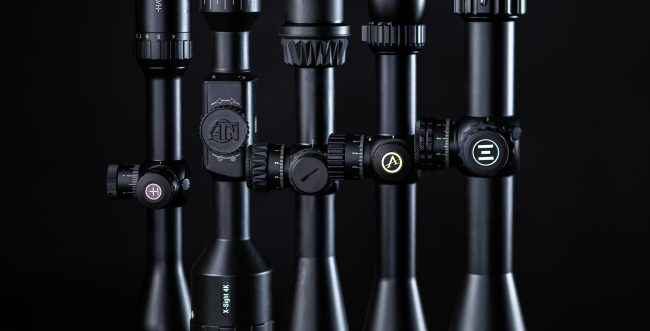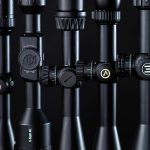Have you ever pondered the mystery of your Point of Impact (POI) shifting between shooting sessions? One day, you’ve got everything dialed in perfectly, but a week later, you’re not hitting the same spot. It’s a puzzle, isn’t it? And as frustrating as it can be, the answer may not lie in your equipment. Let’s dive into this intriguing phenomenon.

Environmental Conditions Matter
Before we get into scopes and sights, let’s talk about other things that can throw off your shots. Temperature can play a major role in where your pellet lands. Not only can temperatures affect your barrel and receiver, but also, as your scope heats up, things can move. Even an extremely slight change can change your POI. If you are a precision airgun shooter, then you are trying for tiny, one-hole groups. Even a .1” shift can be really frustrating to track down. It may not be your gear; it simply could be the weather. So, keep a log of your conditions and mark your POI. You may find that things out of your control are causing the problems. Not your technique and not your gear.
How Parallax Impacts Airgunners
Contrary to most discussions about optics, parallax is different from focus. Although the effect of correcting for parallax does bring things into focus, that’s a result of adjusting your parallax, not the intent.
Parallax deals with everything being on the same focal plane. When your target is on a different focal plane than the reticle, the reticle may appear to “swim” as you change your eye position behind the scope. As the reticle “swims” around the sight picture, your point of impact will change. Adjusting your parallax will solve this problem and provide more consistent results at the bench or in the field.
Some scopes have a wide enough field of view that parallax is not really an issue that would impact repeatable accuracy. But if you have a high-magnification scope, then parallax becomes very important, especially at the upper end of your magnification range.
Also, parallax becomes more of an issue the further you are from your target. Generally speaking, anything inside 200 yards is probably OK for most optics. But not when we are talking about true precision shooting, where every 1/10th of an inch matters.
One last point on the subject comes down to shooting discipline and technique. If you don’t have a consistent hold cheek weld leading to a perfectly consistent eye position, then you will most likely have problems hitting the same POI between shooting sessions. If you want to become a truly accurate airgun marksman, learning to have consistent hold pressure, body position, and eye relief is critical. It takes a lot of practice, but it will lead to you being an excellent and consistently accurate shooter.
Red Dot vs. Reflex vs. Iron Sights
The last set of sights we’ll discuss mostly have a 1 to 1 ratio, i.e., no magnification. They are designed to help you align the bore of your gun to a specific point quickly and reliably. Iron sights come in all shapes and sizes, and some are certainly better than others. Iron sights with some sort of contrast, whether it’s paint or contrasting colored fiber optic sights, are easier to use than just black sights. Some peep sights help improve your ability to shoot accurately and consistently. But in the end, it will be about getting that consistent sight picture every time.
Red Dot scopes and Reflex sights have similar characteristics in that they project a dot or reticle on a glass objective, which is then superimposed onto your target. Parallax should not be an issue with these sights, but some Red Dot sights have variable magnification, which may introduce parallax, so be aware of that possibility. We have witnessed some reticle shifts when looking down these sights, so there’s certainly a chance that there could be a shift in POI simply based on hold, technique, or eye position. As with everything else, you will need to take time to build consistent muscle memory to see a consistent POI between shooting sessions.
That’s a Wrap
If you find yourself chasing POI between shooting sessions, don’t panic. It’s not that unusual, and it can be overcome. Start by working out your most consistent shooting techniques and environmental conditions. From there, you’ll learn if an equipment change is necessary. And if you find that you need a new scope or sight, then we are always ready to help. Just give us a call.
